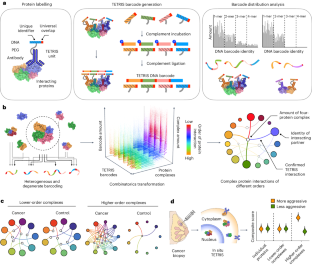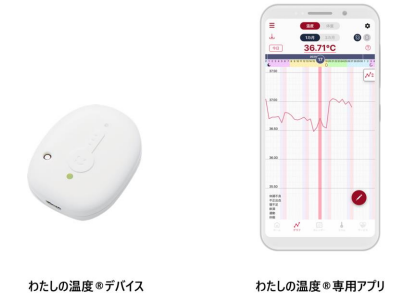2024-09-30 シンガポール国立大学(NUS)
<関連情報>
- https://news.nus.edu.sg/revolutionary-technology-to-unravel-complex-protein-interactions/
- https://www.nature.com/articles/s41551-024-01225-3
細胞内の高次タンパク質相互作用の多重マッピングのためのDNAバーコードの双方向連結 Bidirectional linkage of DNA barcodes for the multiplexed mapping of higher-order protein interactions in cells
Yu Liu,Noah R. Sundah,Nicholas R. Y. Ho,Wan Xiang Shen,Yun Xu,Auginia Natalia,Zhonglang Yu,Ju Ee Seet,Ching Wan Chan,Tze Ping Loh,Brian Y. Lim & Huilin Shao
Nature Biomedical Engineering Published:19 June 2024
DOI:https://doi.org/10.1038/s41551-024-01225-3

Abstract
Capturing the full complexity of the diverse hierarchical interactions in the protein interactome is challenging. Here we report a DNA-barcoding method for the multiplexed mapping of pairwise and higher-order protein interactions and their dynamics within cells. The method leverages antibodies conjugated with barcoded DNA strands that can bidirectionally hybridize and covalently link to linearize closely spaced interactions within individual 3D protein complexes, encoding and decoding the protein constituents and the interactions among them. By mapping protein interactions in cancer cells and normal cells, we found that tumour cells exhibit a larger diversity and abundance of protein complexes with higher-order interactions. In biopsies of human breast-cancer tissue, the method accurately identified the cancer subtype and revealed that higher-order protein interactions are associated with cancer aggressiveness.


